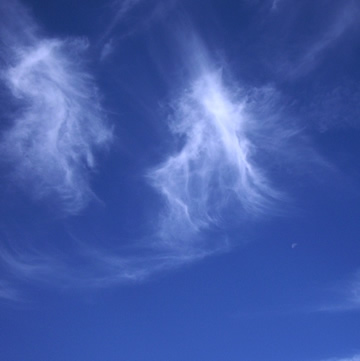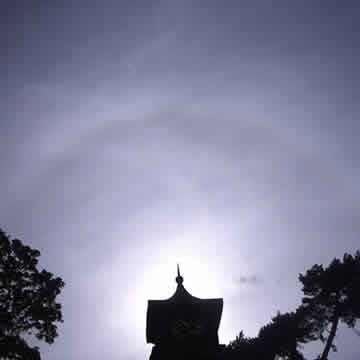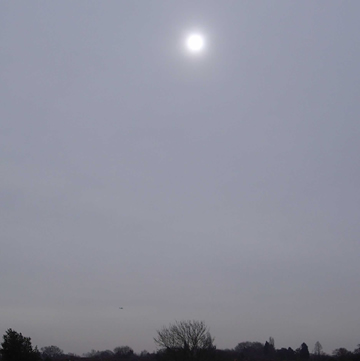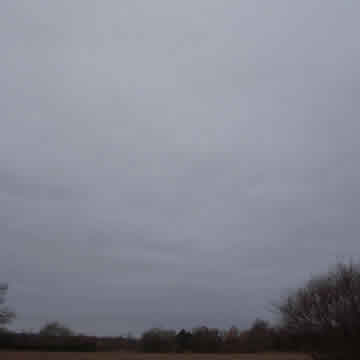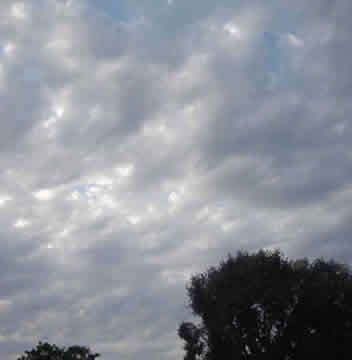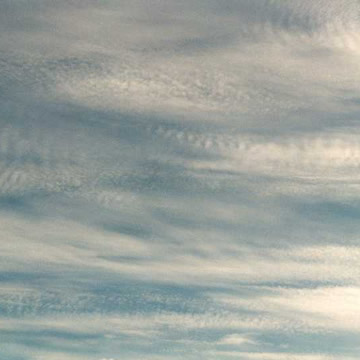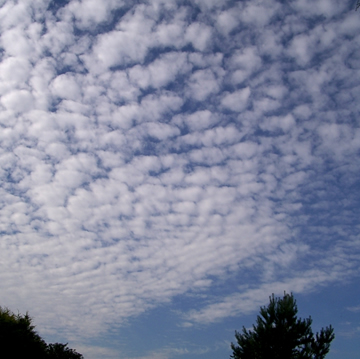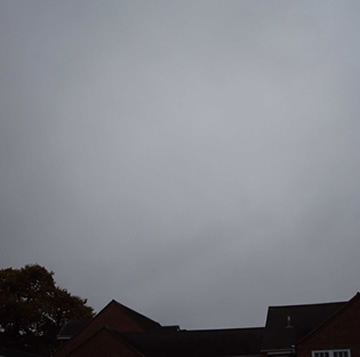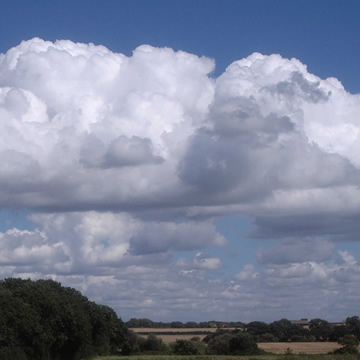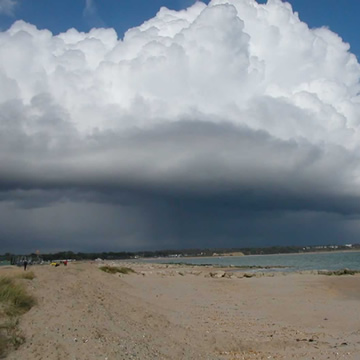Cloud Identification
Luke Howard
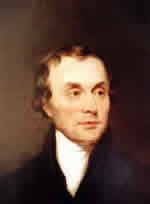
The cloud classification now used is based on that originally proposed by pharmacist Luke Howard in December 1802, in his paper "On the modification of clouds" ('modification' meaning 'classification').
Howard introduced three basic cloud types:
Cirrus
(Latin for a curl of hair), which he described as "parallel, flexuous, or diverging fibres, extensible in any or all directions".
Cumulus
(meaning heap), which he described as "convex or conical heaps, increasing upward from a horizontal base".
Stratus
(meaning something spread), which he described as "a widely extended, continuous, horizontal sheet, increasing from below".
He combined these names to form four more cloud types:
Cirro-cumulus, which he described as "small, well-defined roundish masses, in close horizontal arrangement"; Cirro-stratus, which he described as "horizontal or slightly inclined masses, attenuated towards a part or the whole of their circumference, bent downward, or undulated, separate, or in groups consisting of small clouds having these characters"; Cumulostratus, which he described as "the cirrostratus blended with the cumulus, and either appearing intermixed with the heaps of the latter, or super-adding a widespread structure to its base" and Cumulo-cirro-stratus or Nimbus, which he called the rain cloud, "a cloud or system of clouds from which rain is falling". He described it as "a horizontal sheet, above which the cirrus spreads, while the cumulus enters it laterally and from beneath". These form the basis of the cloud classification currently in use.
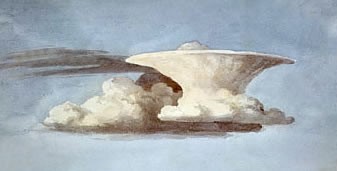
Luke Howard was born in London on 28 November 1772, the first child of successful businessman Robert Howard and his wife Elizabeth. He was educated at a Quaker school at Burford in Oxfordshire and was then apprenticed to a retail chemist in Stockport.
He became, like his father, a businessman, developing a firm that manufactured pharmaceutical chemicals. His real interest was, though, in meteorology, and he made a number of significant contributions to the subject besides his cloud classification.
He published The Climate of London (first edition 1818, second edition 1830), Seven lectures on meteorology (1837), A cycle of eighteen years in the seasons of Britain (1842) and Barometrographia (1847).
He was elected a Fellow of the Royal Society on 8 March 1821 and joined the British (now Royal) Meteorological Society on 7 May 1850, only a month after the society was founded. He died in London on 21 March 1864.


